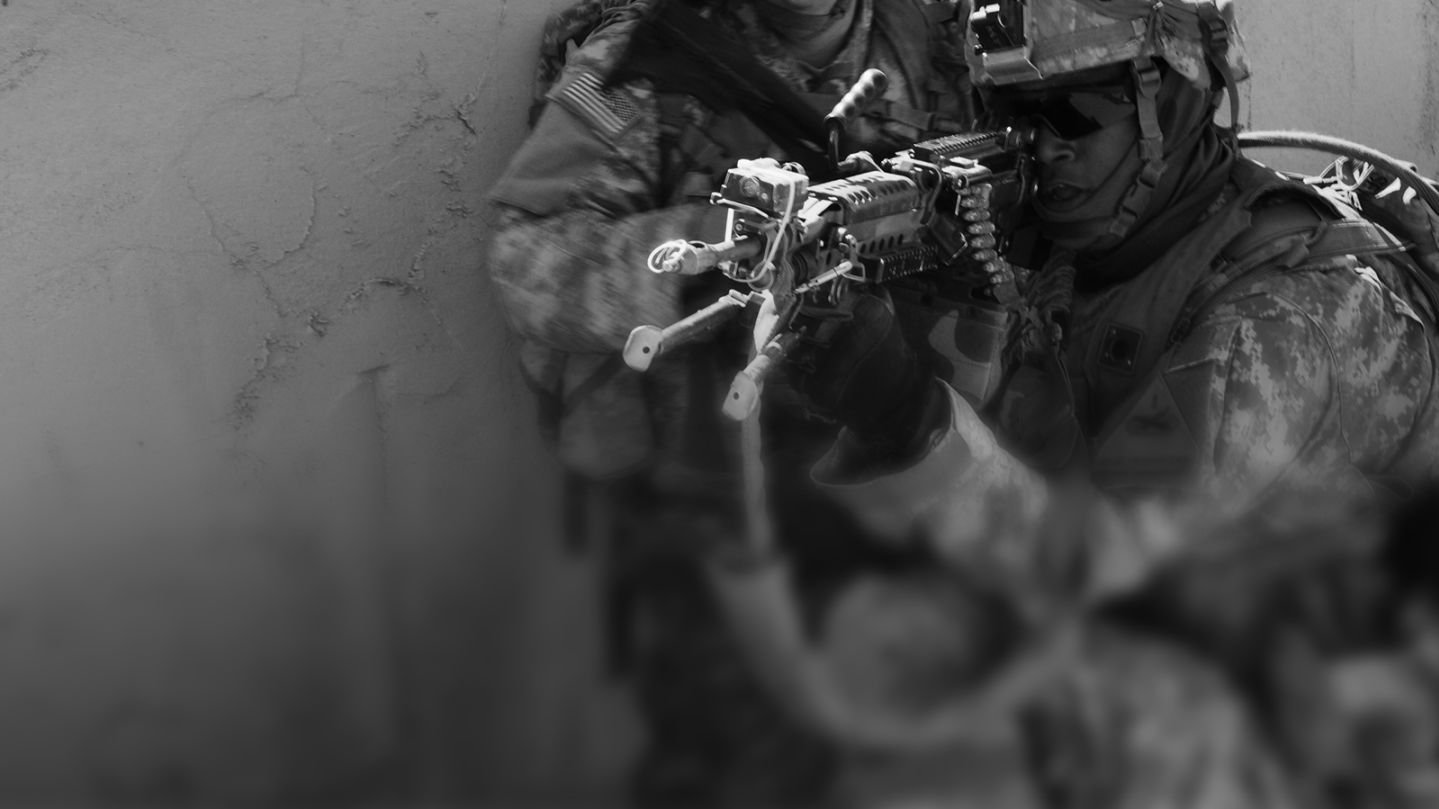Story highlights
The exact date of the planned test is not being disclosed until it is over
Each THAAD system is comprised of five major components: interceptors, launchers, a radar, a fire control unit and support equipment
The US Defense Department Missile Defense Agency plans to conduct a long-planned flight test of the Terminal High Altitude Area Defense (THAAD) missile defense system within the next few days, according to a DOD official.
The exact date of the planned test is not being disclosed until it has taken place. The THAAD is based at the Pacific Spaceport Complex Alaska in Kodiak, Alaska.
According to the official, the test is not related to North Korea’s recent intercontinental ballistic missile launch.
THAAD is designed to shoot down short, medium and intermediate ballistic missiles with shorter ranges than the ICBM that North Korea launched Tuesday.
The test will involve the THAAD seeking to detect, track and engage a target with an interceptor missile.
Each THAAD system is comprised of five major components: interceptors, launchers, a radar, a fire control unit and support equipment, according to Lockheed Martin, the security and aerospace company that serves as the prime contractor for the equipment.
The radar first detects an incoming missile, those manning the system identify the threat then a launcher mounted to a truck fires a projectile, which Lockheed Martin calls an “interceptor,” at the ballistic missile in the hopes of destroying it using kinetic energy – basically just its sheer speed.
While military officials claim the impending test is not related to the recent successful launch of a North Korean ICBM, the escalation of Pyongyang’s nuclear program has prompted a closer look at the effectiveness of missile defense systems maintained by the US and its allies.
Last month, a US and Japanese missile test conducted in Hawaii missed its target, but both militaries stopped short of calling it a failure.
The firing involved a SM-3 Block IIA missile that’s built for the Aegis Missile Defense system, which is used to shoot down medium- and intermediate-range ballistic missiles from ships at sea.
In May, the Pentagon successfully shot down an intercontinental ballistic missile using its own upgraded long-range interceptor missile.
That test involved firing a new version of the military’s single long-range ground-based interceptor missile, which is currently based in Alaska and California. That program has been in existence for more than a decade but only about half of the tests have been successful, according to the Defense Department. US officials often call it a high-speed effort to hit a bullet with another bullet.
While the Pentagon called the test a success, some experts cautioned that the $40 billion missile defense system still has a long way to go before it can be considered fully developed.






